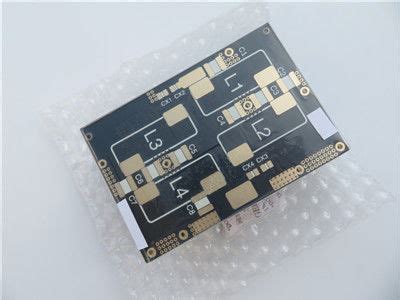
What is PTFE PCB material?
Introduction to PTFE PCB PTFE (Polytetrafluoroethylene) is a synthetic fluoropolymer known for its excellent electrical, thermal, and chemical properties. When used as a substrate material[…]
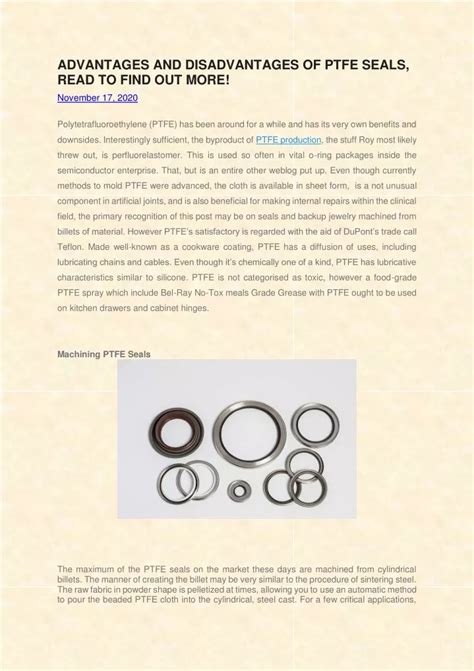
What are the disadvantages of PTFE?
Table of Contents Introduction to PTFE PTFE Disadvantages: High Cost PTFE Disadvantages: Limited Temperature Range PTFE Disadvantages: Poor Wear Resistance PTFE Disadvantages: Low Thermal Conductivity[…]
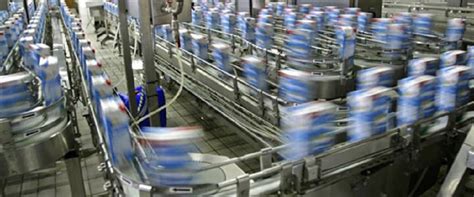
What is PTFE material used for?
Properties of PTFE Before diving into the applications, let’s take a look at some of the key properties that make PTFE such a versatile material:[…]

Is PTFE the same as Teflon?
Understanding PTFE and Teflon PTFE (Polytetrafluoroethylene) and Teflon are often used interchangeably, causing confusion among consumers. While they are closely related, there are some differences[…]
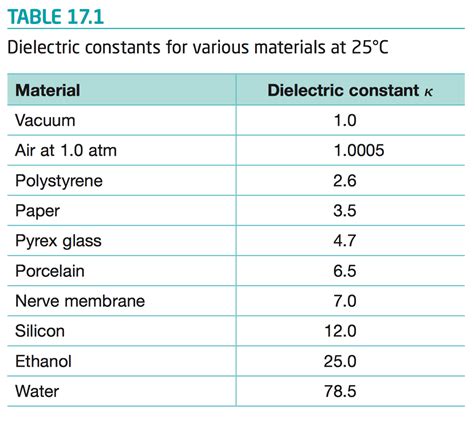
What is the dielectric constant of Teflon PCB?
Understanding the Dielectric Constant The dielectric constant, also known as relative permittivity (εᵣ), is a measure of a material’s ability to store electrical energy in[…]
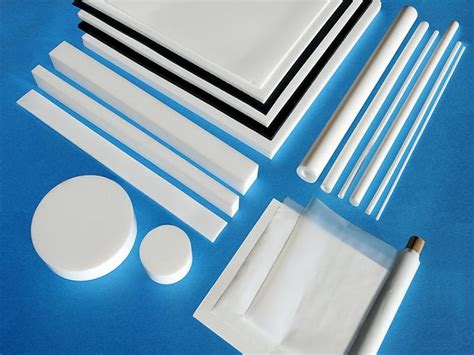
What is PTFE material?
Introduction to PTFE material PTFE, commonly known by the brand name Teflon, is a synthetic fluoropolymer discovered by Roy Plunkett in 1938 while working for[…]
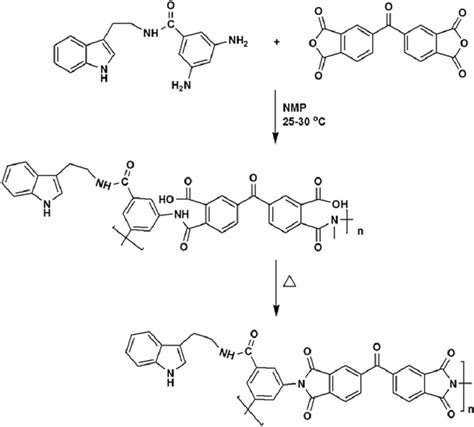
Why use polyimide?
Polyimide Benefits 1. Exceptional Thermal Stability One of the most significant benefits of polyimide is its outstanding thermal stability. Polyimide can withstand high temperatures up[…]
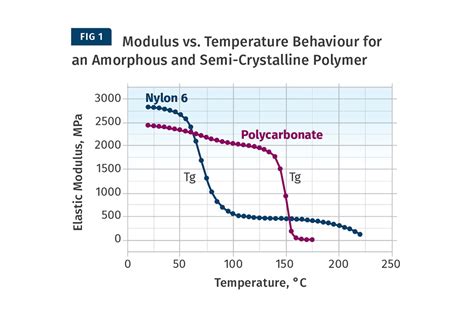
What temperature does polyimide melt?
Understanding Polyimide Polyimide is a type of polymer that belongs to the class of thermoplastic polymers. It is synthesized through the reaction of dianhydrides and[…]
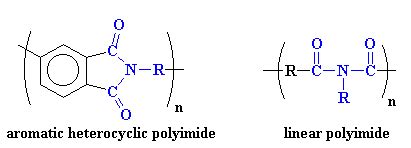
Is polyimide brittle?
Understanding Polyimide Polyimide is a type of polymer that belongs to the class of thermoplastics. It is synthesized by the condensation reaction of dianhydrides and[…]
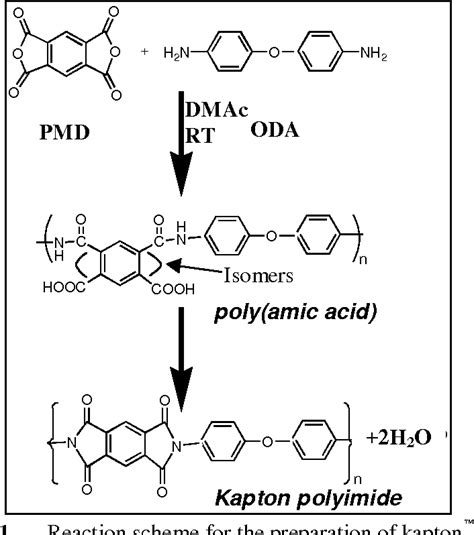
What are polyimides advantages and disadvantages?
Introduction to Polyimides Polyimides are a class of high-performance polymers known for their exceptional thermal stability, mechanical strength, and chemical resistance. These materials have found[…]